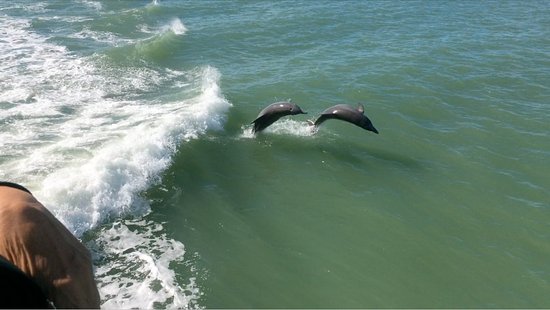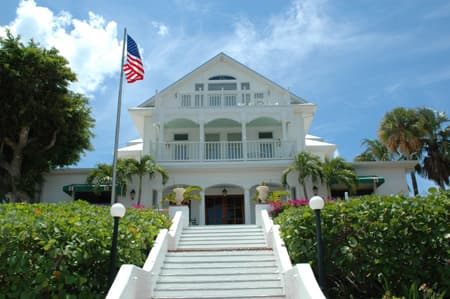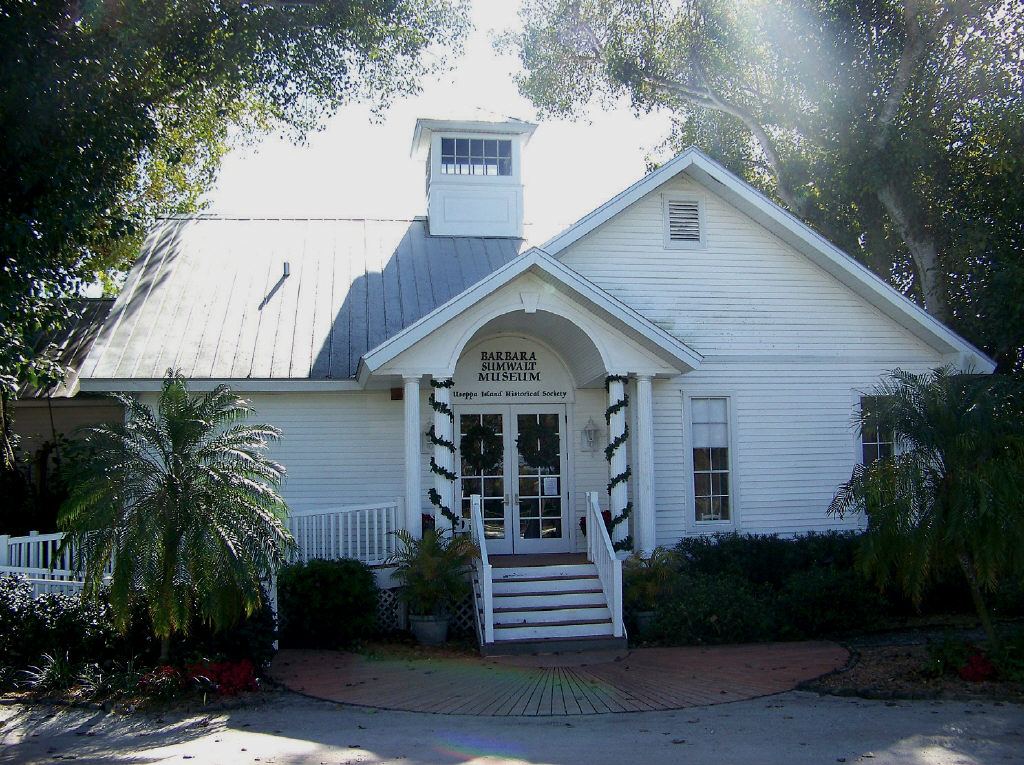We talk a lot about Sanibel and Captiva, but Southwest Florida features a number of barrier islands that are also worth exploring. However, you can’t drive to them.
The Sanibel Causeway (originally built in 1963) ushered in a new age of tourism to Sanibel and Captiva as visitors could now drive there from the mainland without having to use a ferry. Heading West to the end at Blind Pass leads to the bridge to Captiva Island, which has only one main road and one intersection before reaching the end at the entrance to South Seas Island Resort. But beyond that are several smaller islands that can only be reached by boat.
Matt Spaulding, a longtime island resident and part-time blogger, says that he and his family often take cruises out of Captiva to have lunch on either Cabbage Key or Useppa Island. “We usually book through Captiva Cruises and ride the beautiful Lady Chadwick up the Pine Island Sound while listening to a tour guide explain the history of and landmarks of these barrier islands. You look to the East and think you’re looking at the mainland, but it’s actually Pine Island. Most often on any trip, you tend to see wild dolphins that have fun riding in the ship’s wake and you are encouraged to cheer them on. First stop is at Cabbage Key for those dining there, then on to Useppa. Both parties have about 90 minutes to have lunch and wander about before the ship returns to each port and head back to Captiva. More dolphins are often spotted…did I mention they jump just like at Sea World? Sometimes they reach up to eye level…on the UPPER deck.!”
Cabbage Key was originally occupied by the native Calusa tribe until the mid-18th to mid-19th Century, becoming a Cuban fishing rancho. By the turn of the 20th Century, it was bought by Charles H. Gill of Punta Gorda, where he planted several kinds of trees. This attracted many wealthy visitors, including mystery writer Mary Roberts Rinehart (who also visited Useppa Island). By 1937, the Rineharts completed an estate which eventually became Cabbage Key’s main restaurant (built on an ancient Calusa shell midden) and inn with cottages and houses available to rent. The restaurant is open for breakfast, lunch, and dinner, but is famous for its legendary cheeseburgers (leading to the rumor that it inspired Jimmy Buffett’s song “Cheeseburger In Paradise”) and its dollar bills left by guests hanging off the walls (Any bills that fall off are donated to charity.). There are also several tortoises that make their home here, including Michelangelo, Donatello, Raphael, Speedy, and Myrtle among others. Plenty of walking trails and a water tower to walk upstairs for a scenic view makes for a fun day here.
Useppa Island also has a history with ancient tribes and as a fishing rancho and went through several different names through the years (Caldez’s Island, Toampe Island, and Joseffa Island). By 1911, Useppa Island was bought by New York entrepreneur Barron Collier, who had contributed millions to help Florida complete what is now the Tamiami Trail, linking motorists between Tampa and Miami (Collier County to our South was named after him in appreciation.). Collier expanded on the hotel built there in 1896, now known as The Collier Inn, including a golf course and tennis courts. In 1960, the CIA used the island as a training ground for Cuban exiles, preparing for the ill-fated Bay of Pigs invasion. In spite of damages from hurricanes through the decades (most recently Hurricane Charley in 2004), The Collier Inn and surrounding grounds have been restored to their former glory. Since 1976, Useppa Island Club has operated as a private resort (though lunch guests are allowed via Captiva Cruises), including several historic cottages, excellent food and drinks, shopping, a life-size chess board, and the Barbara Sumwalt Museum of the island’s history (pre-historic to almost current). This is a fascinating journey and highly recommended.
Be sure to check our other articles about barrier islands, including North Captiva / Upper Captiva.
Book Direct and Save!




